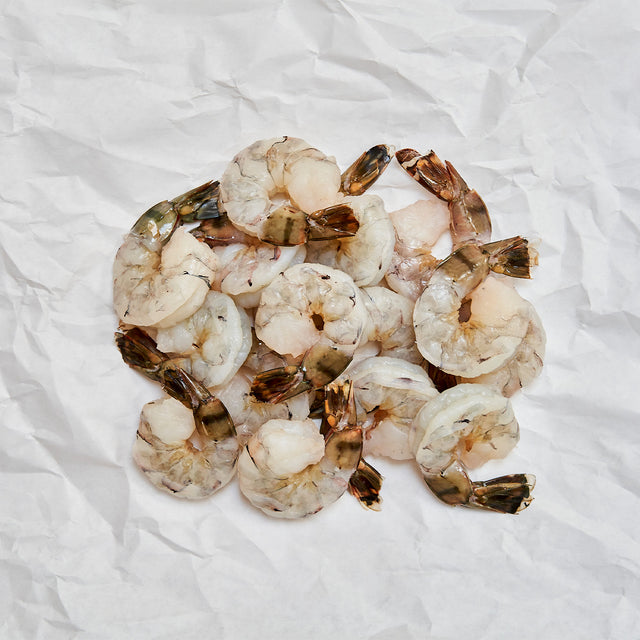The prawn vs shrimp debate continues. Despite the common misconception that shrimp and prawns are merely different names for the same creature, they are actually two entirely different animals. However, it’s easy to see where the confusion comes from, as these two seafood favorites have plenty in common. In order to clear up any misinformation, let’s start with the similarities.
For starters, shrimp and prawns are both Decapod crustaceans. This means they each have 10 legs and an external skeleton, giving them an appearance that, at first glance, looks more similar than different. Yet, aside from this initial biological classification, their anatomy is actually quite distinctive.
Prawns vs Shrimp
The most notable difference is their size. Prawns are generally larger than shrimp, which contributes to the incorrect belief that prawns are merely big shrimp. However, more than just size, shrimp and prawns actually have fairly different bodies when you actually consider the details. Take these four distinguishing features of their anatomy:
- Gills: Shrimp have plate-like gills called lamellar gills, while prawns have branching gills that extend from their body.
- Claws: Shrimp have claws on two pairs of their legs, while prawns have claws on three pairs.
- Pincers: For prawns, the second pincer is larger than the front pincer. For shrimp, the front pincer is typically the largest.
- Body: Shrimp are known for their characteristic curved shape, while prawns’ bodies don’t have a bend.
Finally, one of the most important distinctions is where these two different creatures live: shrimp live in saltwater, while prawns are more likely to be found in freshwater.
With all that said, the flavor of both shrimp and prawns is still quite similar — so if you’ve never had prawns, chances are you’ll like them if you also like shrimp. However, prawns do tend to have a slightly sweeter taste since they don’t live in saltwater, which is important to remember for seasoning purposes.

And speaking of seasoning, what’s the best way to cook both shrimp and prawns? Luckily, both are delicious to eat and quick to cook; unfortunately, this also means they are easy to overcook. Here are a few tips to get you started:
Quick Tips for Cooking Prawns and Shrimp
- Determine whether to cook in or out of the shell. Keeping your shrimp and prawns in the shell helps retain moisture, but can make for a tedious eating experience, especially when part of a recipe, like a pasta or soup.
- Make sure your prawns and shrimp are deveined. Both sea creatures have a black vein that runs down their back. While it isn’t strictly necessary to remove, it can have a bitter taste. Use a knife to slit the back of your shrimp or prawn and then pull the vein up with the tip of your knife.
- Choose your cooking method. Both shrimp and prawns are delicious pan-seared in butter and garlic, boiled with lemon or grilled on a skewer with vegetables.
- Avoid overcooking. Look at the back of the shrimp or prawn where you sliced out the vein. When the middle along the knife cut is no longer translucent, remove immediately from the heat. It’s a fine line between properly done and overcooked, so don’t risk leaving the shrimp or prawns in the pan with the heat turned off.
With these tips in mind and your newfound knowledge on the difference between shrimp and prawns, it’s time to get your hands dirty. Take your pick of premium wild-caught shrimp and prawns in our shellfish collection here.





